In 2009 I convinced my boyfriend (now husband) that it would be a good idea to dress up for Carnival and go to Venice. His great aunt rents a tour bus and goes to Venice with her friends EVERY YEAR in full costume. This year two of her friends couldn’t go so she asked us if we wanted to take their places….YES!
My husband was NOT found of the idea he hates costumes, crowds, organized activities and having his picture taken. But he said YES anyway!
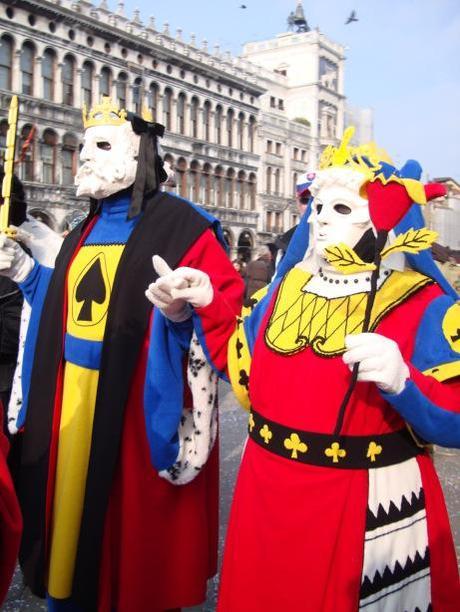
A few years earlier, while I was on vacation in Venice I bought this mask! I would have never thought at the time that I would be wearing it one day at the Venice Carnival. My dress was a rental!
I have to admit I knew NOTHING about what Carnival was when we went, and today I want to share what I now understand and pictures from that day.
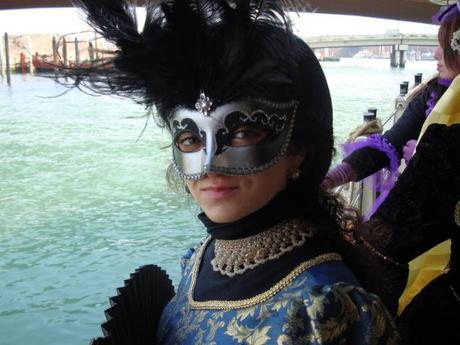
What Is Carnival?
I will be honest and say it hasn’t been easy for me to understand exactly what Carnival is. It is so ancient and widely celebrated and has been adapted by almost every Catholic population on the planet that I didn’t see a connection between Mardi Gras, Brazil and Venice!
My research has been limited to reading the internet, with the only difference being now I read in English and Italian.
here’s what I’ve gathered so far……….
The Ancient Greeks celebrated something that was later adopted by the Romans which is considered the origins of Carnival. From what I can understand, the similarities are that there was “ordered chaos” in society for a brief period of time, where people were allowed to forget about their responsibilities and switch roles. It was also seen as a time for “renewal” and new beginnings, almost a New Year’s celebration.
Fast forward approximately 1,500 years after the Greeks and we find ourselves in Venice, before it was italy. In 1094 there was the first mention of the word Carnevale, which some believe comes from the Latin “Carnem levare” (“eliminare la carne”, “eliminate the meat/flesh”), which could be connected to the fact that you feast throughout Carnevale and then you “eliminate” it by ending the festivities on Fat Tuesday and fasting for Lent.

The Venice Artistocracy believed that the people of Venice deserved a period of time dedicated entirely to fun! So the actual intention of Carnival is to PARTY! Music and dances were all apart of the “ordered chaos” that was allowed throughout the city, but it doesn’t end there.
Role reversals and the temporary lapse of social hierarchy was allowed, even to the point where you could disrespect authority and people of greater social standing. Masks were used to hide identity and to create new ones!! I’ll get back to this later!
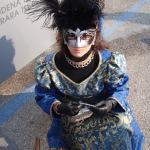

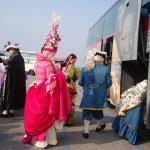
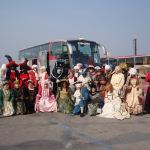
It is amazing what the authorities will let you get away with when you are wearing a masks! Of course there was a lot of tolerance for all of these social deviations and it was all seen as a way for people to expel their social tensions and stress, especially in Venice which required that citizens follow strict social and moral guidelines.
Throughout the years Venice had to impose rules such as no mask wearing in religious spaces (like monasteries), no mask wearing at night and no hiding weapons under your costume.

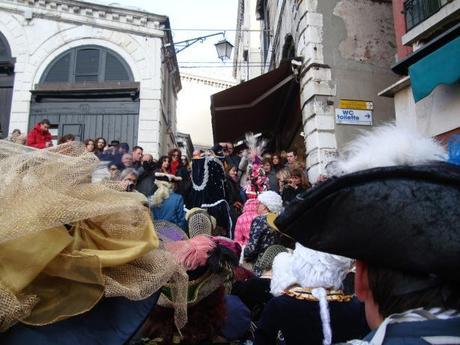
Carnival and Roman Catholicism
This part always gets me.
In my research about Carnival I’ve read that it is a celebrated in Roman Catholic countries and some even consider it part of Roman Catholicism.
here’s my opinion…..
From what I can understand about EVERY OTHER PAGAN, ROMAN or ANCIENT GREEK tradition that is still celebrated in Italy, what actually happens in these cases, is that instead of ordering the population to stop celebrating certain practices that were clearly anti-Catholic they were instead “adopted” into Roman Catholicism as part of the religion. This helped reinforce people’s faith, insured Catholicism wouldn’t be rejected and also guaranteed the people would not rebel.

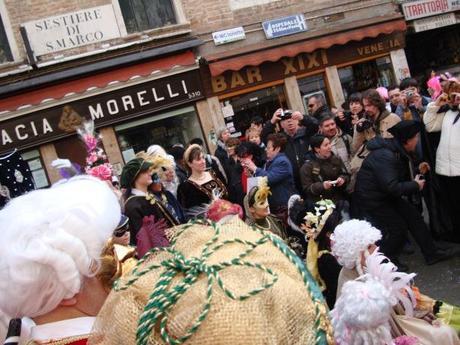
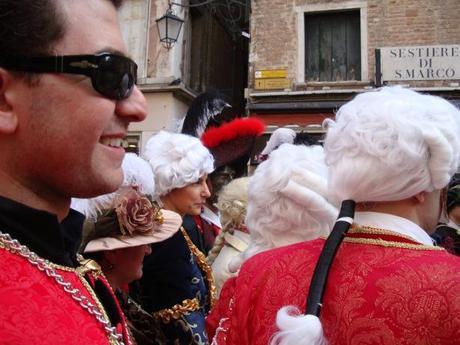
There are so many cases of this in Italy, and Carnival is no different. “You catch more flies with honey than you do with vinegar” my nonna (grandma) always said, I think the Roman Catholic Church took a “If you can’t beat em’ join’em” type of approach.
Today Carnival is celebrated in ALMOST every Roman Catholic country, but interestingly enough in North America there are few instances of the festival aside from San Francisco and New Orleans. My husband believes there is also a direct correlation to the dreary winter months and carnival, where people’s spirits are lifted during an otherwise grey, cold and dreary period.
I’d like to make a plea to the Canadian Government…CANADA NEEDS A CARNIVAL. A nice long, free, every weekend in February type of Carnival with outdoor events, confetti throwing and parades. This is definitely missing in Canadian culture and I can’t imagine a place that needs it more!
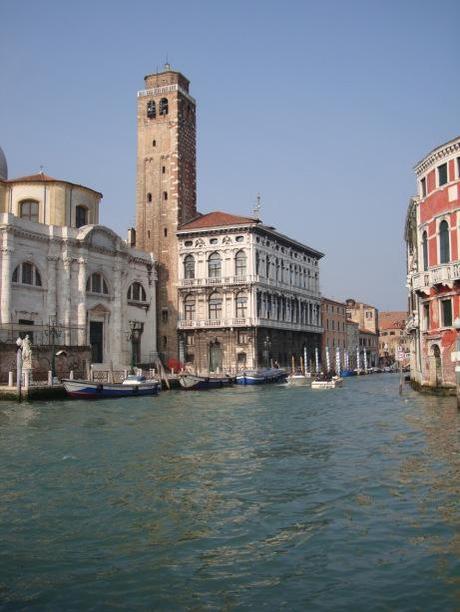
Fat Tuesday – Martedì Grasso – Mardi Gras
The Carnival of today is only 2 or 3 weeks long, whereas in Venice of the 1200s it was 6 weeks longs, sometimes even stretching to 2 months. Now, traditionally Carnival begins on Fat Thursday “Giovedì Grasso” and ends on Fat Tuesday “Martedì Grasso”, which then marks the beginning of Lent on Ash Wednesday.
Since lent is a time of fasting, sacrifice and limiting all things rich and luxorious in nature, it is no surprise that the word “Carnevale” comes from the latin “carnem levare” – to eliminate meat.
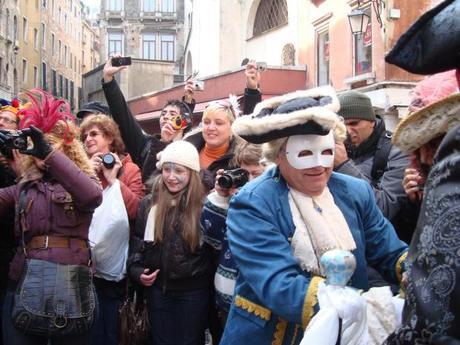
Fat Tuesday (aka Mardi Gras) is a the end of the period of festivity and social upturning, historians even think of this as a type of New Year’s, marking a new beginning with the Spring. The feast of Fat Tuesday is the last opportunity to stuff your face with all things delicious, rich and fatty before a period of fasting and self-reflection.
Followed by the return of order and social hierarchy, the population pacified, having gone through a period of aristocratic detox.
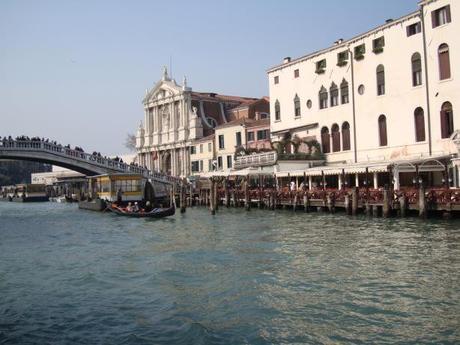
Arriving in Venice for Carnevale
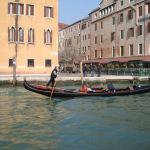
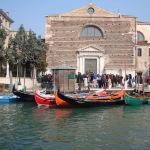
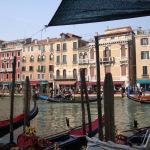
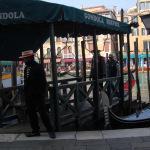
The Masks
In the next few days I will be sharing what I know about the importance of masks during Carnival and how they evolved into the famous masks we now know as a part of the Commedia dell’Arte.
As the home of Carnival, Venice became the most important commercial centre for the production of masks, and in 1271 there were specific techniques utilized, specialty schools and of course stores where people could go and have artisan-made masks. The artform became recognized as an official artform on April 10, 1436 and some masks are preserved in the Venice National Archive. This gave me a whole new perspective for the hundreds of mask shops in Venice…it’s not just a tourist thing!
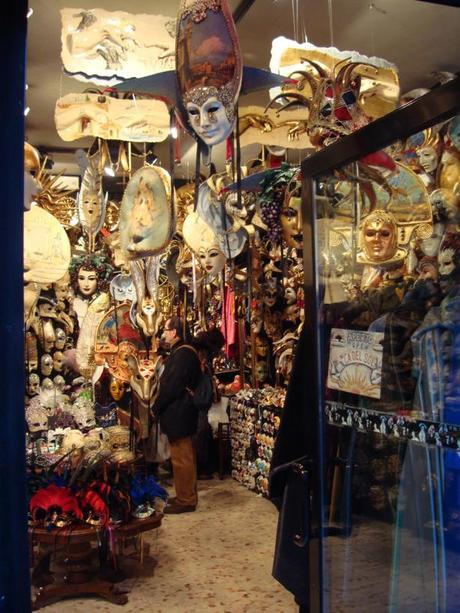

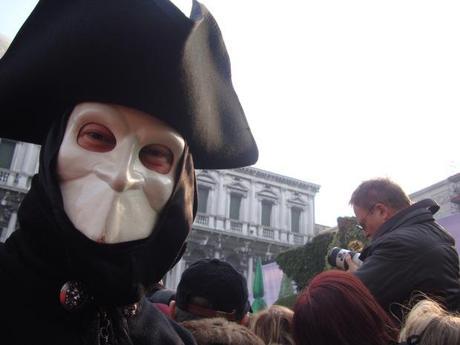
Silence
Reflections on my Venice Carnival Day Experience
Perhaps the strangest thing about our day in Venice for Carnival was how sombre the whole event was. There was an incredible Silence that surrounded the whole city.
No one spoke under their masks, instead we proceeded to walk through all the small streets and over the historic bridges of Venice in a quiet procession. Arm holding, heads held high, we were ELEGANT, we were important, we were celebrities.
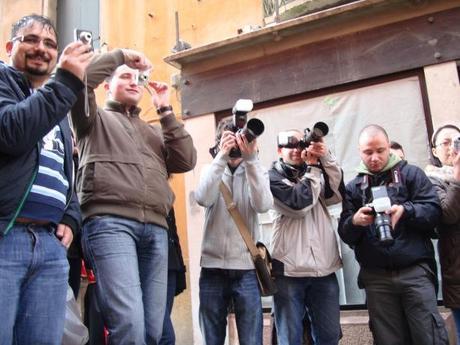
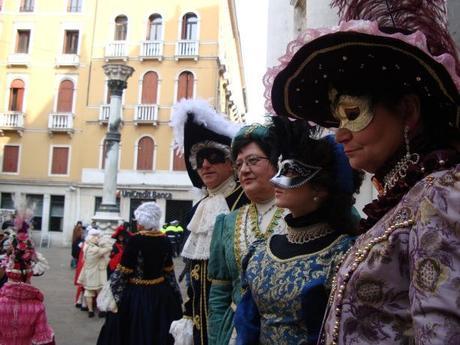
Maybe because we were such a large group, but honestly I’ve never felt so important. With the paparrazzi of photographers and tourists taking our picture at every change. We were stopped by hundreds begging us to stay still so they could snap our picture. I had a moment where I actually felt my identity completely changed, I was not Angie, I was Baroness Angie, our greeting the people of Venice. My mask had given me a new important identity, and there was something magical about it.
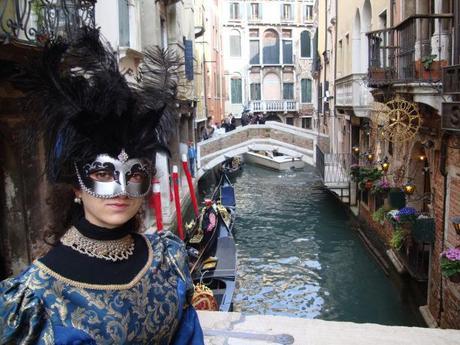
The only thing I wasn’t prepared for was the fact that they was no crazy partying, it was all very quiet, with no music or street performers. In my research I discovered that during the French occupation of Venice under Napoleon and then under Austrian rule, the Venice Carnival had a 200 YEAR PAUSE!!
From 1797 to 1979 there were no official Carnival celebrations. Only in 1979 was Carnival officially reinstated and in a different way than how it was historically celebrated. This is why the Carnival of the “streets” is now a much more sombre affair, and instead importance is placed on the official galas and parties held my various associations in the city.
There is usually a theme each year, and although there are organized public events the grandeur of the Venice Carnival is best experienced in the evening galas that revive the splendor of the golden years of this antique tradition.
All in all I would go back to Venice for Carnival, however, I would stay overnight and do one day of parading around feeling important followed by a Grand Gala. The problem is, I just have to convince my husband, who after spending hours parading around in a Bishops costume with no mask (he was the only mask-less one in our group) he vowed never to go back.
The Venice Carnival is not the most kid friendly event I’ve seen, aside from the amount of people, the roads are tight, pushing a stroller is impossible and there is the fear that your kid will wander into a canal! I would recommend visiting Venice with either kids that stay in a baby carrier, or older kids that can walk during non-carnival times of the year!
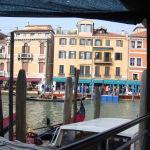
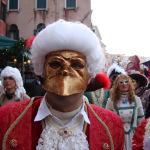
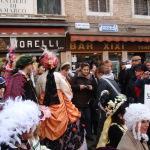
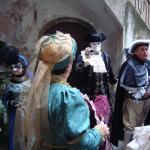
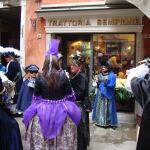
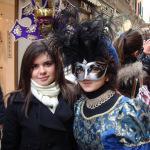

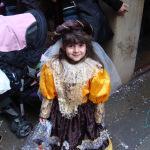
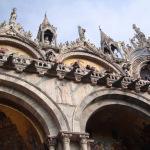
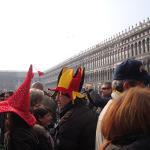
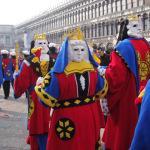
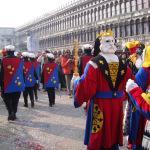
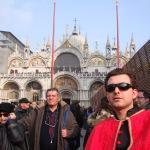
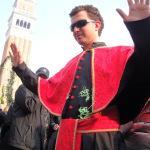
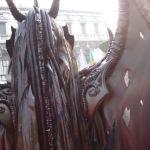
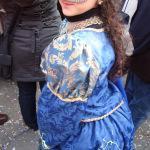

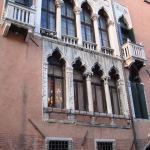

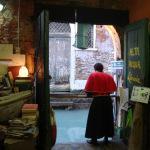
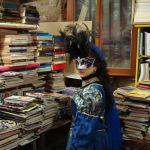

I hope you’ve enjoyed this post, I really wanted to share this expeirience and what I’ve learned about this incredible Italian tradition. I will be posting in the next few days a bit more of Carnival including the history of masks and local celebrations that are much better suited to families living or visiting Italy with small kids.
Feel free to leave me your thoughts in the comments below, I love reading them. And please don’t forget to enter for a chance to win $500 in VISA CASH by entering the GIVEAWAY I am currently co-hosting.
Entry is easy and there are many ways to enter. If you are already a Facebook fan of Reasons to Dress, or follow me via Bloglovin’, Pinterest, Instagram or Twitter you can get an entry for each!
